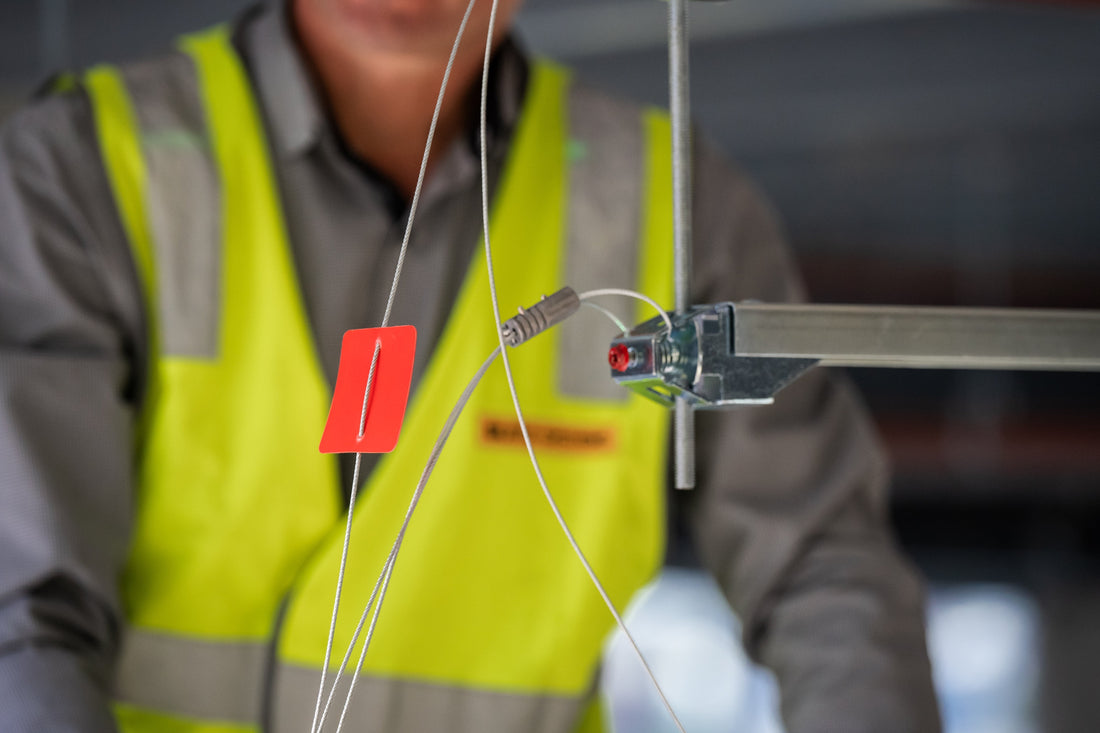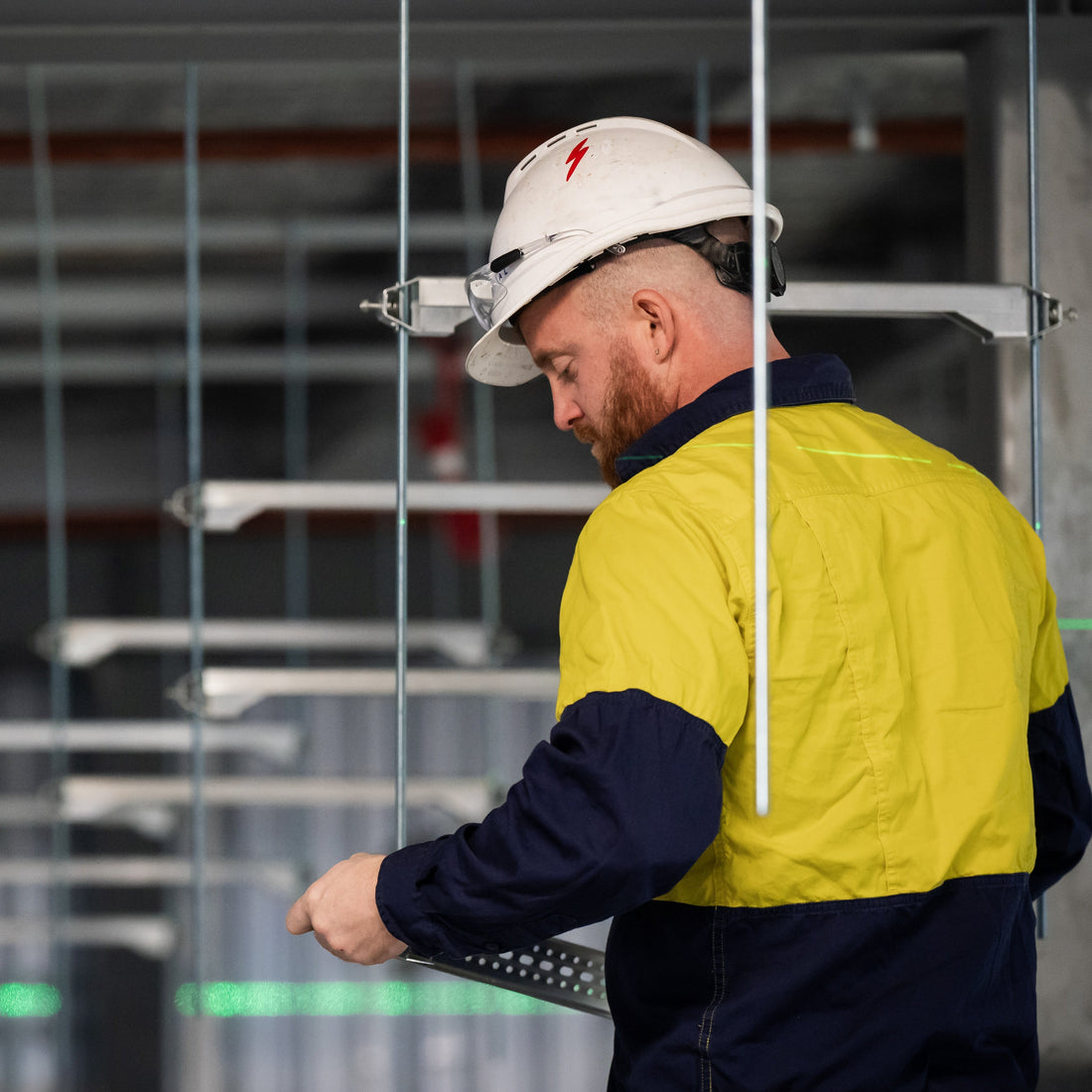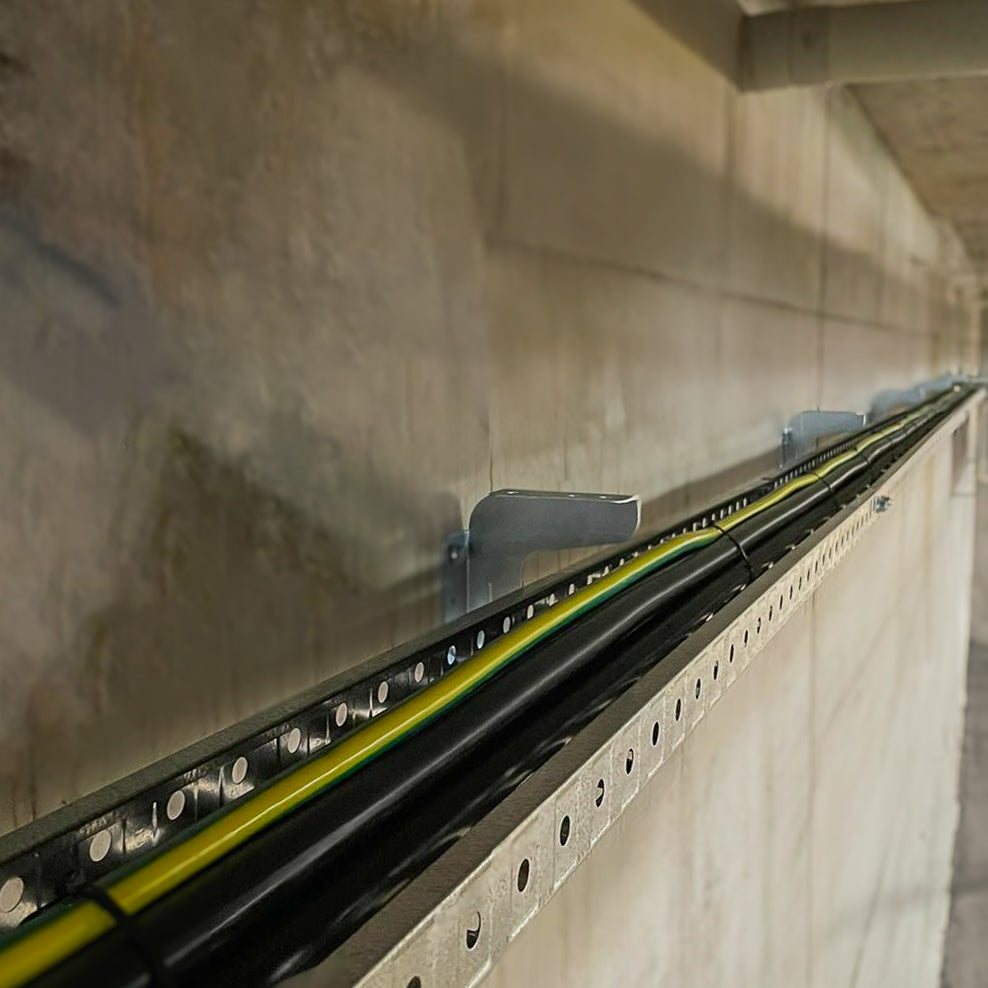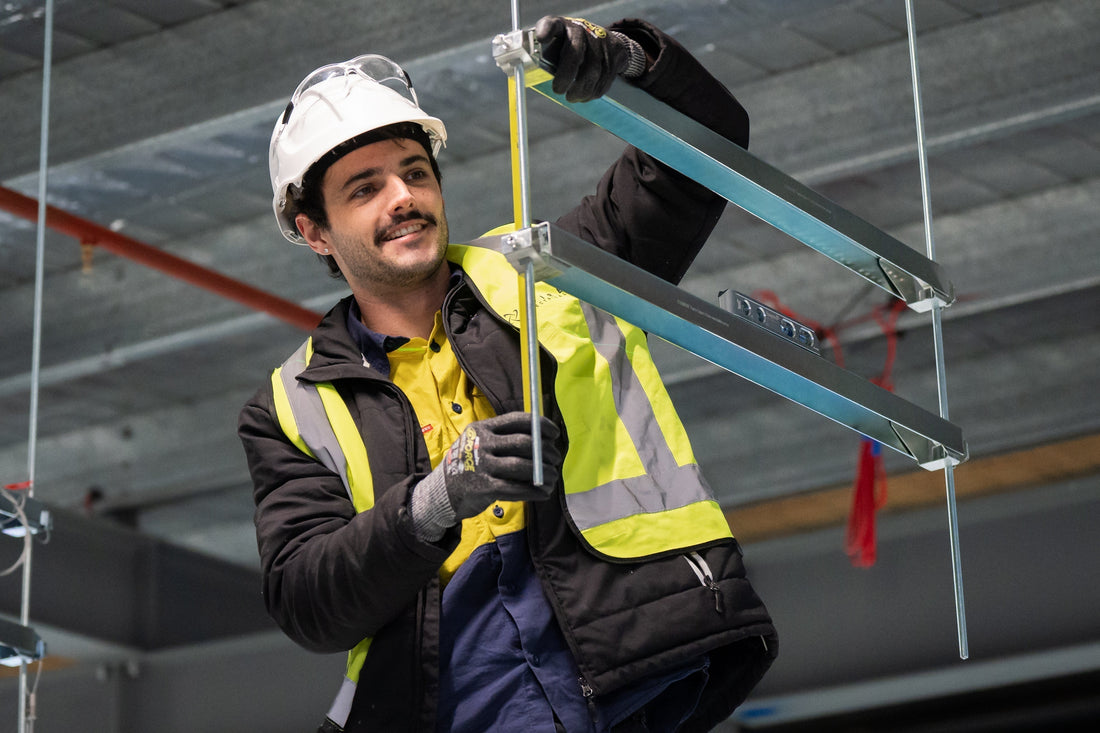Effective cable management is crucial in today’s industrial and commercial settings. Whether you’re operating a data center, manufacturing plant, or office building, disorganised cables can lead to inefficiencies, safety hazards, and costly downtime. As industries become more dependent on complex electrical systems, addressing cable management challenges is more critical than ever. This article explores common cable management problems and highlights how the right cable tray accessories can provide effective solutions, ensuring seamless operations and long-term reliability.
Common Problems in Cable Management

Proper cable management is essential, but it often gets overlooked during planning and installation. This oversight can lead to several persistent problems, including the following:
1. Tangled or Disorganised Cables
Causes: Tangled cables often stem from a lack of structure, planning, or proper cable routing systems. When cables are installed without adequate organisation, they can quickly become a chaotic mess.
Consequences: Disorganised cables make troubleshooting and maintenance time-consuming and inefficient. Technicians may struggle to identify individual lines, leading to extended downtime and increased labour costs. This can also result in damage to critical cables as they are handled roughly during repairs.
2. Cable Overheating
Causes: Improper routing and insufficient ventilation around cables often lead to overheating. When cables are bunched together in confined spaces without adequate airflow, heat cannot dissipate effectively.
Consequences: Overheating is a major safety concern, posing risks such as fire hazards and reduced cable lifespan. Persistent overheating can degrade insulation, cause electrical failures, and disrupt operations in critical systems.
3. Insufficient Cable Support
Causes: Unsupported long cable runs are a common issue in installations where proper planning is neglected. Overhead cable trays that lack adequate supports or hangers are particularly prone to sagging.
Consequences: Cables that sag or rest on sharp edges are vulnerable to damage and wear. This can result in broken connections, system failures, and the need for premature replacements, increasing overall costs.
4. Accessibility Challenges
Causes: Many installations place cable trays in hard-to-reach areas, either to save space or avoid obstructions. While this might optimise layout initially, it creates complications later.
Consequences: Maintenance in such setups becomes complex, requiring additional effort and time. Accessibility issues lead to delays in routine inspections and troubleshooting, increasing operational downtime.
5. Safety Hazards
Causes: Loose or exposed cables in walkways or high-traffic areas are often overlooked during installation or maintenance. Similarly, unprotected electrical cable trays pose safety risks.
Consequences: These issues result in tripping hazards, electrical accidents, and potential legal liabilities. In industrial settings, such problems can lead to significant injuries or equipment damage.
How Cable Tray Accessories Solve These Problems

Addressing these challenges requires more than just awareness; the right tools and systems must be employed. Cable tray accessories are specifically designed to eliminate inefficiencies and improve safety. Let’s explore how they tackle these issues:
1. Cable Organisers
Solution for tangled cables: Cable organisers are an indispensable tool for ensuring cables remain neatly arranged within the tray. They facilitate structured routing, separating power, data, and communication lines.
Benefits:
-
Simplifies identification during maintenance.
-
Reduces physical stress on cables.
-
Ensures faster troubleshooting and repairs.
2. Cable Tray Clamps and Covers
Solution for overheating and safety hazards: Cable tray clamps secure cables in place, while covers protect them from environmental damage and improve airflow. By ensuring proper routing and spacing, these accessories significantly reduce overheating risks.
Benefits:
-
Prevents cable displacement.
-
Shields cables from dust, moisture, and physical impacts.
-
Enhances overall safety by minimising fire hazards.
3. Cable Supports and Hangers
Solution for sagging and insufficient support: Cable supports and hangers provide stability to overhead cable trays and prevent sagging. These accessories ensure cables maintain their structural integrity over long runs.
Benefits:
-
Prolongs cable lifespan by reducing wear.
-
Prevents strain on connectors.
-
Improves the aesthetic and functional quality of installations.
4. Labeling and Identification Tools
Solution for accessibility challenges: Labeling systems make it easy to identify cables within a tray, reducing the time required for maintenance or repairs. Clear, durable labels streamline operations and prevent errors.
Benefits:
-
Simplifies cable identification.
-
Enhances system documentation.
-
Reduces time spent on troubleshooting.
5. Modular Add-Ons for Scalability
Solution for future-proofing systems: Modular accessories allow systems to adapt to changing needs. As facilities expand, these add-ons enable cable tray systems to grow without requiring a complete overhaul.
Benefits:
-
Accommodates increased cable loads.
-
Enhances flexibility for future upgrades.
-
Minimises disruption during system expansion.
Benefits of Using Quality Cable Tray Accessories

Investing in high-quality cable tray accessories delivers significant long-term advantages:
-
Enhanced Efficiency and Safety: Organised cables reduce operational delays and safety risks, ensuring smooth day-to-day operations.
-
Reduced Maintenance Costs: Accessories like clamps and supports prevent cable damage, lowering the frequency and cost of repairs.
-
Compliance with Safety Standards: Using certified accessories ensures compliance with industry regulations, protecting facilities from legal and operational risks.
Practical Tips for Choosing the Right Accessories

Selecting the appropriate cable tray accessories is critical to maximising their effectiveness. Consider these factors:
Material Durability: Choose accessories made from durable materials like galvanised steel or aluminium. These options resist corrosion and ensure longevity in harsh environments.
Compatibility: Ensure accessories are compatible with your existing cable management system. Universal designs offer greater flexibility for integration.
Industry Certifications: Look for products that meet recognised safety and quality standards, guaranteeing reliable performance.
Ease of Installation: Opt for accessories that are simple to install and adjust. This reduces labour time and costs during initial setup and future modifications.
Customisation Options: Some facilities require tailored solutions. Select manufacturers that offer customisable accessories to meet specific project needs.
Conclusion

Effective cable management is the backbone of reliable and safe electrical systems. From tangled wires to overheating and insufficient support, the challenges are numerous, but cable tray accessories offer practical solutions. By investing in the right organisers, clamps, supports, and modular tools, facilities can enhance efficiency, safety, and scalability.
At Blitz Systems, we understand the complexities of cable management. Our range of high-quality cable tray accessories is designed to address these challenges head-on, providing durable and adaptable solutions for any setup. Explore our offerings today and let us help you optimise your cable management systems for a safer and more efficient tomorrow.







